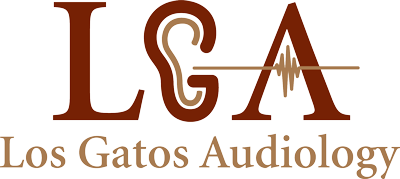Hearing, often taken for granted, plays a pivotal role in shaping our experiences and relationships. As a hearing professional, it is imperative to explore the profound impact hearing loss can have on every facet of life. From personal connections to professional engagements, the ripple effect of diminished hearing extends far beyond the surface. This article aims to shed light on the intricate relationship between hearing loss and interpersonal connections while also delving into the latest advancements in prevention, diagnosis, and management.
The Ripple Effect on Relationships:
Hearing loss is more than just a physical impairment; it’s a communication barrier that can strain relationships. Conversations become a source of frustration, leading to misunderstandings and potential isolation. Individuals with hearing loss may withdraw from social interactions to avoid the discomfort of not fully grasping what is being said. As a result, relationships with family, friends, and colleagues may suffer, leading to feelings of loneliness and detachment.
Recent Research and Understanding:
Recent studies emphasize the far-reaching effects of untreated hearing loss on relationships. The Hearing Loss Association of America reports that individuals with hearing loss are more likely to experience social withdrawal and depression. Additionally, the relationship between hearing loss and cognitive decline has gained prominence in research, highlighting the need for early intervention to mitigate these effects.
Advancements in Prevention:
Prevention is the first line of defense against hearing loss. Protecting one’s hearing from loud environments, using earplugs, and adopting healthy listening practices can significantly reduce the risk of hearing impairment. Modern technologies, such as smartphone apps that monitor noise levels and offer personalized recommendations for hearing protection, provide accessible tools for individuals to safeguard their hearing in various settings.
Early Detection and Diagnosis:
Timely detection of hearing loss is crucial for effective management. Audiologists now utilize cutting-edge diagnostic tools, including advanced audiometry techniques and otoacoustic emission testing, to identify hearing issues at their onset. Early detection not only allows for prompt intervention but also prevents the escalation of communication challenges in personal and professional relationships.
Management Strategies and Assistive Technologies:
For those already grappling with hearing loss, a range of management strategies and assistive technologies is available. Hearing aids, once clunky and conspicuous, have undergone significant advancements. Modern devices are discreet, equipped with advanced signal processing, and can be tailored to individual hearing profiles. Cochlear implants, another breakthrough in hearing technology, offer a viable solution for individuals with severe or profound hearing loss.
Futuristic Interventions:
As technology continues to advance, futuristic interventions hold promise for further transforming the landscape of hearing loss management. Gene therapies targeting hereditary hearing loss are in the experimental stages, offering hope for a future where genetic factors contributing to hearing impairment can be addressed at the root. Brain-machine interfaces and neural implants are also being explored to restore auditory function by directly interfacing with the brain.
The Compassionate Approach:
Understanding the emotional impact of hearing loss is as crucial as addressing the physiological aspects. A compassionate approach involves not only providing effective interventions but also offering emotional support and education. Empathy and communication are vital tools in helping individuals with hearing loss navigate the complex terrain of relationships.
Conclusion:
Hearing loss, if left unaddressed, can cast a shadow over the symphony of life’s interactions. As hearing professionals, it is our responsibility to equip individuals with the knowledge and tools to preserve their hearing and manage any impairment with dignity. The evolving landscape of hearing loss interventions, from preventative measures to futuristic treatments, offers a beacon of hope for a future where the impact of hearing loss on relationships can be minimized.
In conclusion, let us continue to advocate for early detection, leverage the latest advancements in hearing technology, and foster a compassionate environment that recognizes the multifaceted nature of hearing loss. By doing so, we can ensure that the harmony of relationships remains undisturbed, allowing individuals to fully participate in the rich tapestry of human connection.


